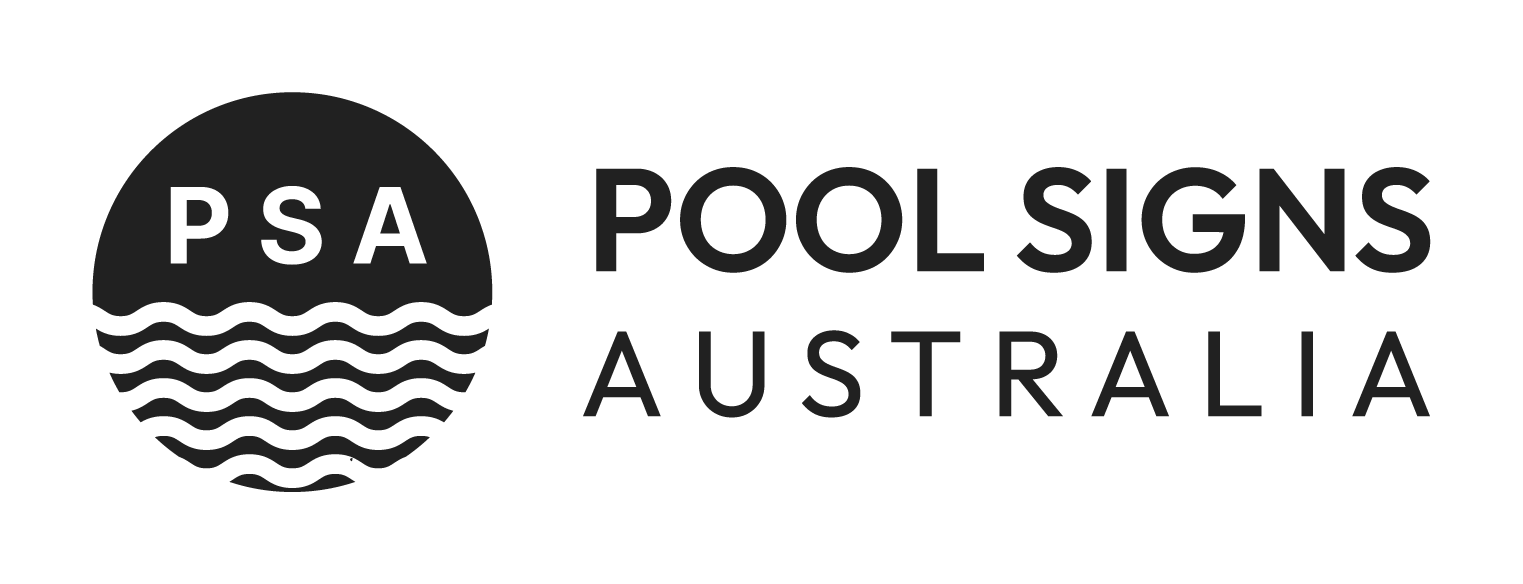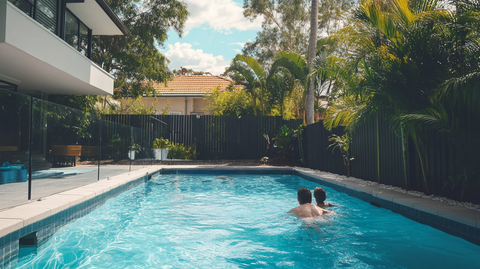Drowning remains one of the leading causes of accidental death worldwide, particularly among children. In Australia, the presence of Cardiopulmonary Resuscitation (CPR) instruction signs near swimming pools is not only a legal requirement but also a critical measure to enhance pool safety and save lives.
Why CPR Signage Matters
In emergencies, a swift and effective response can be the difference between life and death. CPR signage provides clear, step-by-step instructions for performing CPR, empowering bystanders to act quickly before professional help arrives. This immediate action significantly improves the chances of survival in drowning incidents.
Legal Requirements in Queensland
In Queensland, pool owners are legally required to display a compliant CPR sign within the pool area. The Queensland Building and Construction Commission (QBCC) mandates that CPR signs must:
- Be attached to the pool fence, barrier, or displayed in a conspicuous location near the pool.
- Be clearly visible to anyone nearby.
- Measure at least 300mm by 300mm.
- Be made from durable, weatherproof material.
- Include instructions on emergency response, such as calling Triple Zero (000), staying with the injured person, and administering first aid.
- Adhere to the Australian Resuscitation Council's guidelines, which specify commencing CPR with 30 chest compressions followed by 2 breaths.
Optimal Placement of CPR Signs
The effectiveness of CPR signage depends on its placement. Signs should be installed in a prominent position within the pool area, ideally near the shallow end where resuscitation is more likely to take place. The sign must face the pool and be easily readable from up to 3 metres away. Ensure the sign is unobstructed by furniture or vegetation and kept in good condition to maintain legibility.
Real-Life Impact of CPR Knowledge
The life-saving potential of CPR is evident in real-life situations. For example, in June 2024, a father in North Carolina saved his two-year-old daughter from drowning by quickly performing CPR. His immediate response highlights the critical role of CPR knowledge in emergencies.
Beyond Signage: The Importance of Formal Training
While CPR signs are essential, they are no substitute for formal CPR training. Training provides hands-on experience and a deeper understanding of the techniques, enabling individuals to perform CPR confidently and correctly. Organisations such as St John Ambulance and the Royal Life Saving Society offer CPR courses, which are highly recommended for pool owners and regular users.
CPR instruction signs are an indispensable part of pool safety, providing clear guidance in emergencies and potentially saving lives. However, for a truly comprehensive approach, these signs should be complemented by formal CPR training and vigilant supervision. Together, these measures create a safer swimming environment for everyone.



